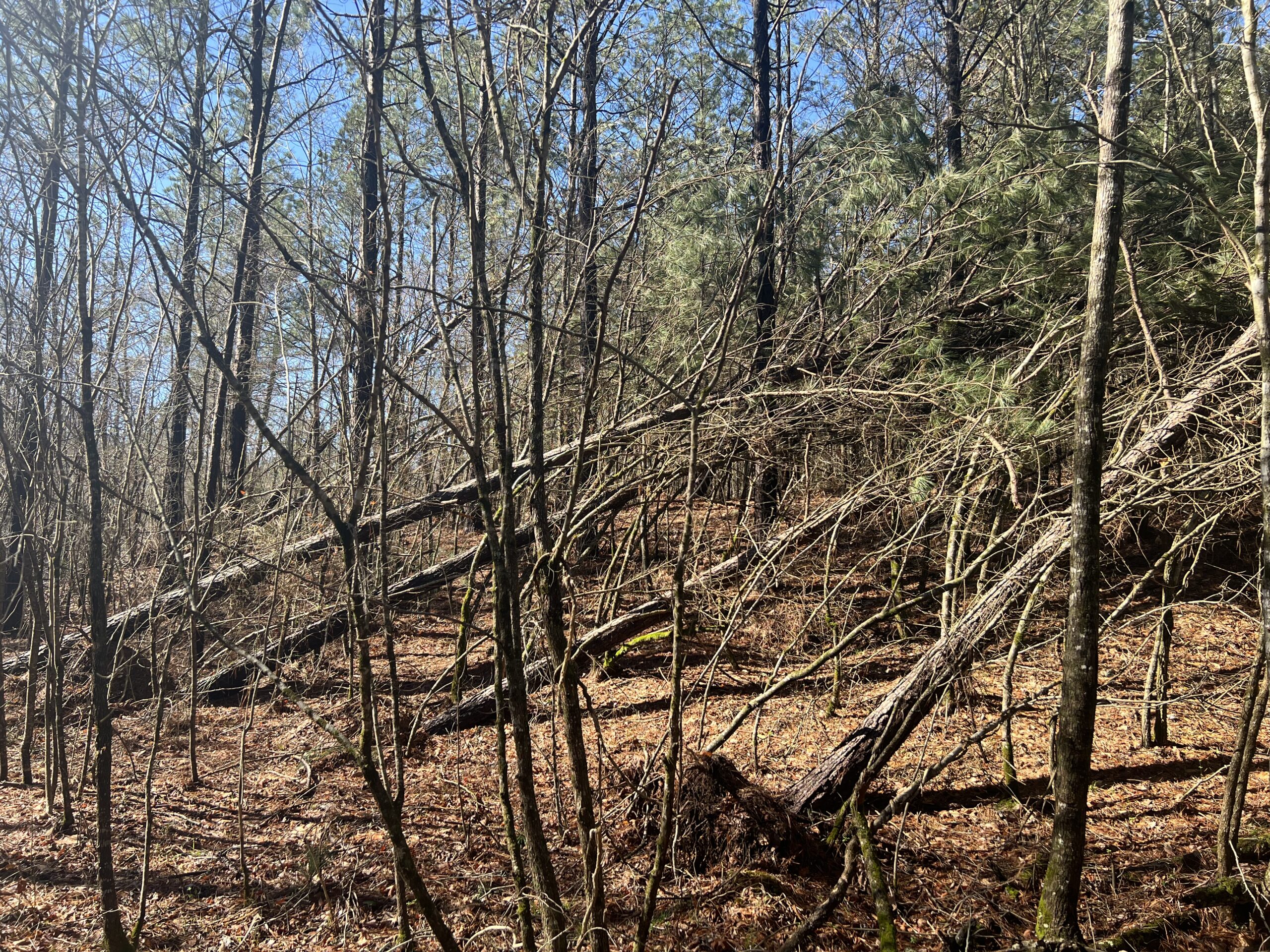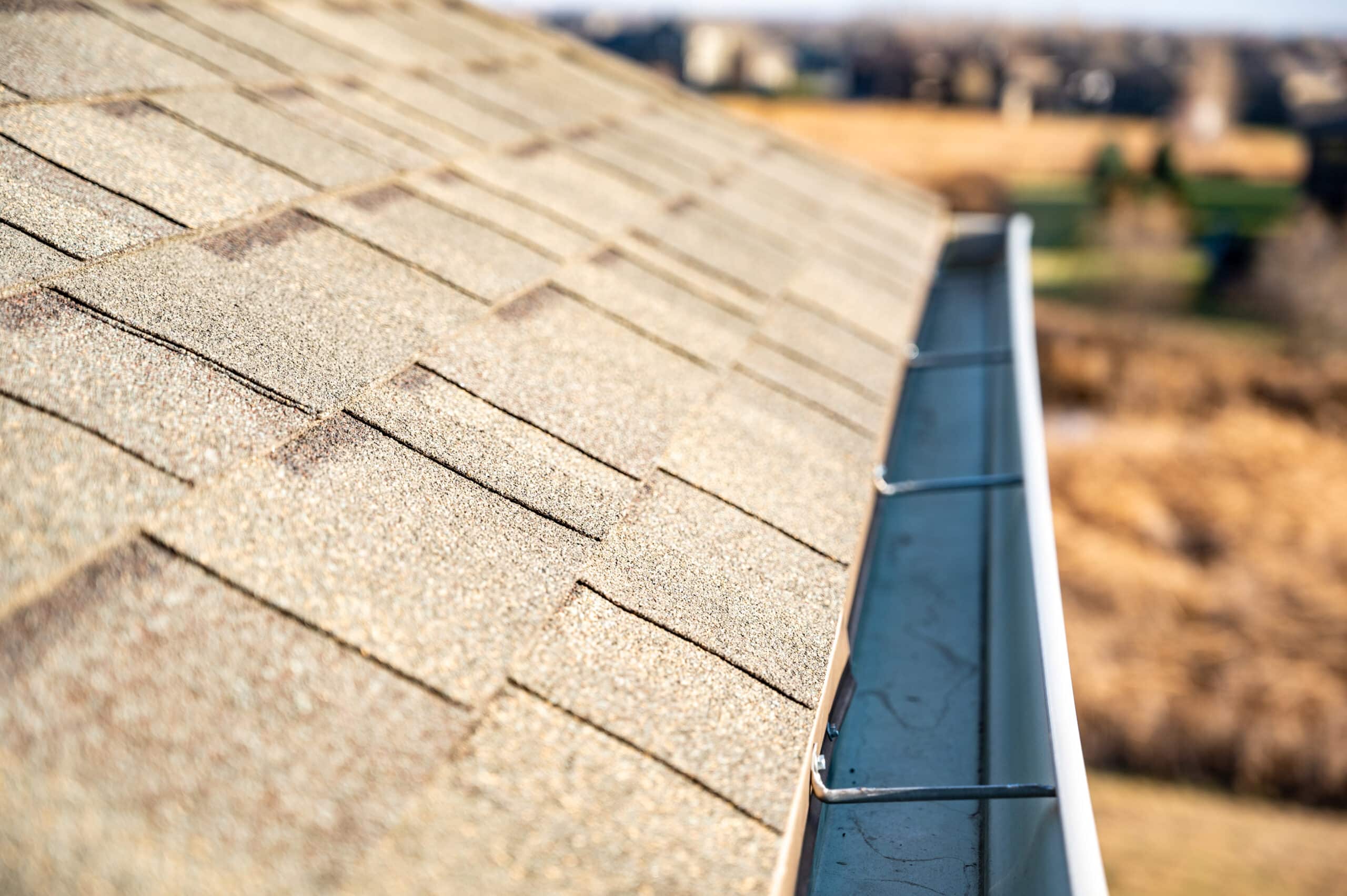What does Nutsedge look like?
Updated: Aug 1, 2023
Yellow nutsedge is a common weed found in arkansas lawns. It is often referred to as nut grass and can be identified by its lime green leaves that stand out in contrast to the dark green of bermuda and zoysia lawns.
Yellow nutsedge is a perennial plant that spreads through underground tubers and can be difficult to control. It typically starts growing in the late spring and dies back in the winter. While it is possible to pull nutsedge, it is important to remove all of the underground tubers to prevent it from spreading.
How to identify yellow nut sedge.
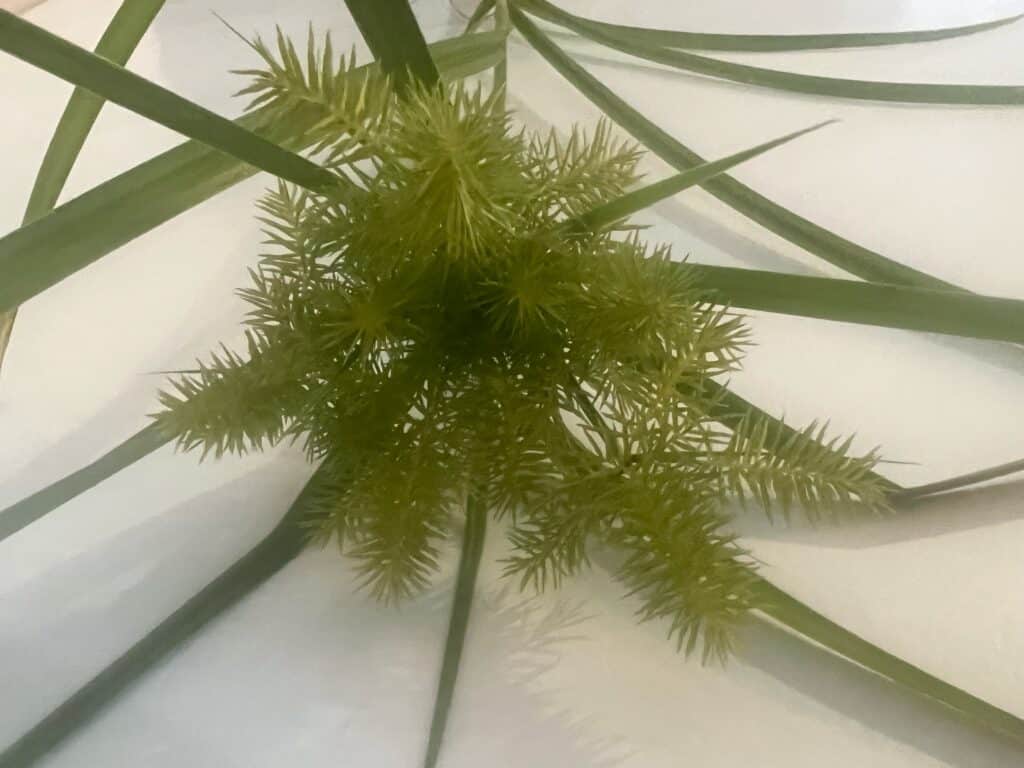
To identify yellow nut sedge, one of the first thing our lawn care technicians check is the plant’s seed head. This particular plant in the image above was quite large which makes it easier to show the plants characteristics. Just remember the one in your lawn will be considerably smaller due to mowing. Most smaller yellow nut sedge weeds have around three bundles of yellow seeds at the top of the plant.
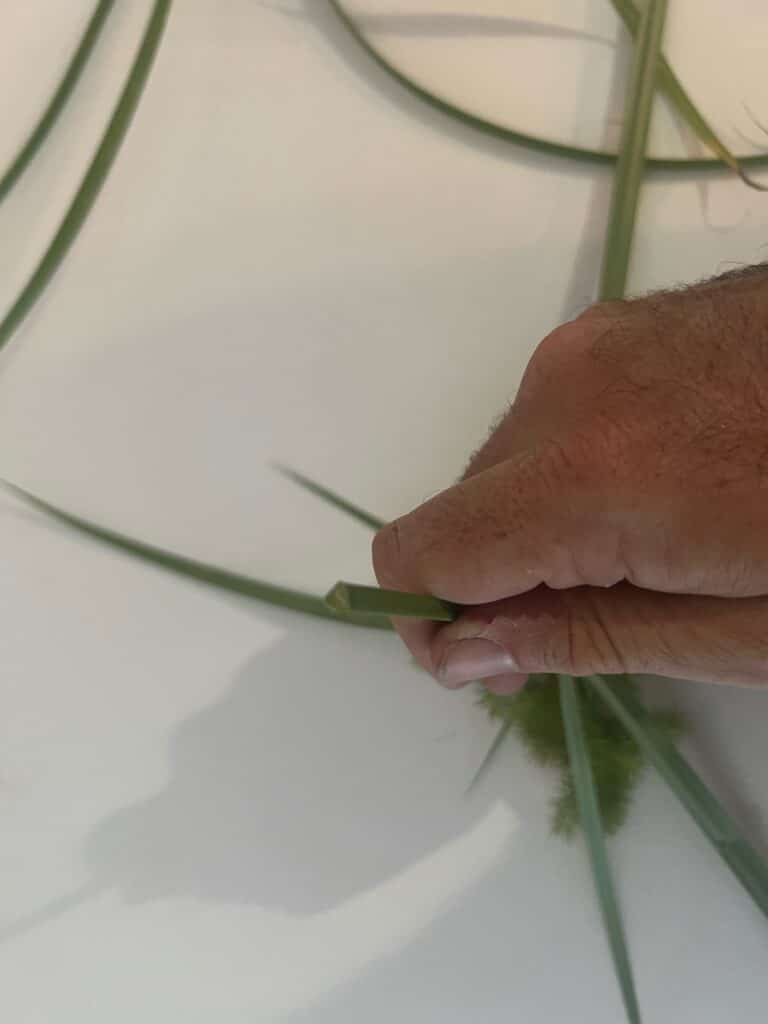
As part the the sedge family, yellow nut sedge will have a solid triangular stem.
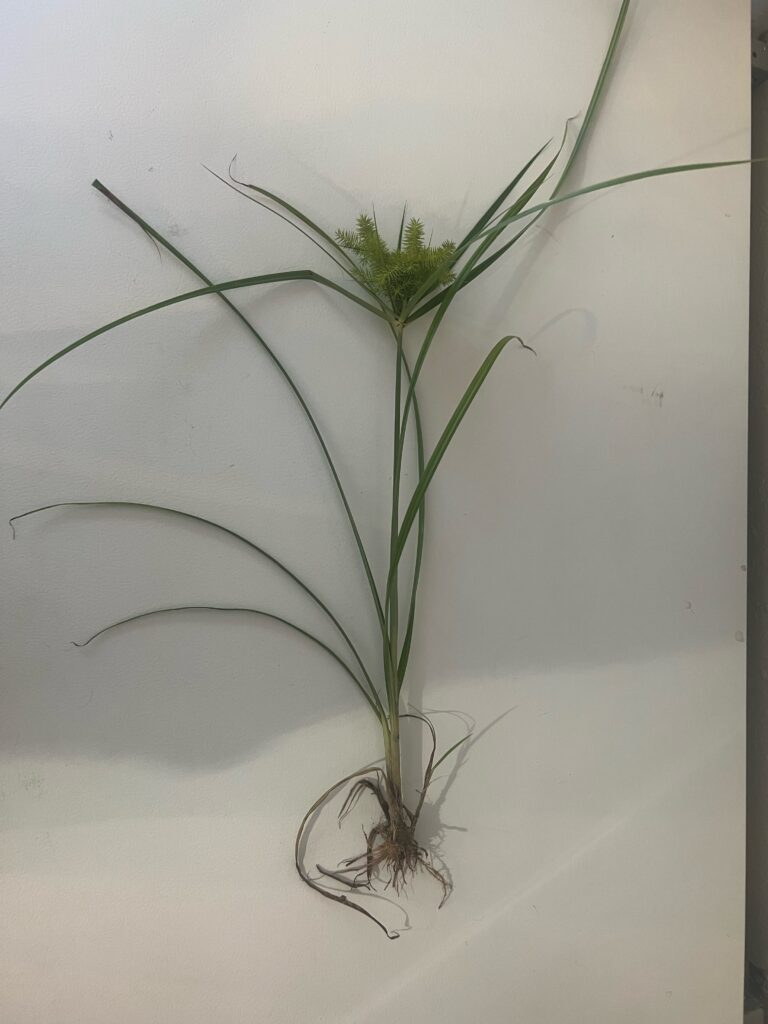
Yellow nut sedge has what is called 3-ranked leaves. The leaves grow outward in a triangular pattern. Also notice the leaves are located at the top and bottom of the plant.
Photos of yellow nutsedge in lawn.
This lawn was mowed about six days ago. You can see how much faster the yellow nutsedge than the surrounding turf. Notice the lime green color in contrast to the dark green color of the desirable turf.
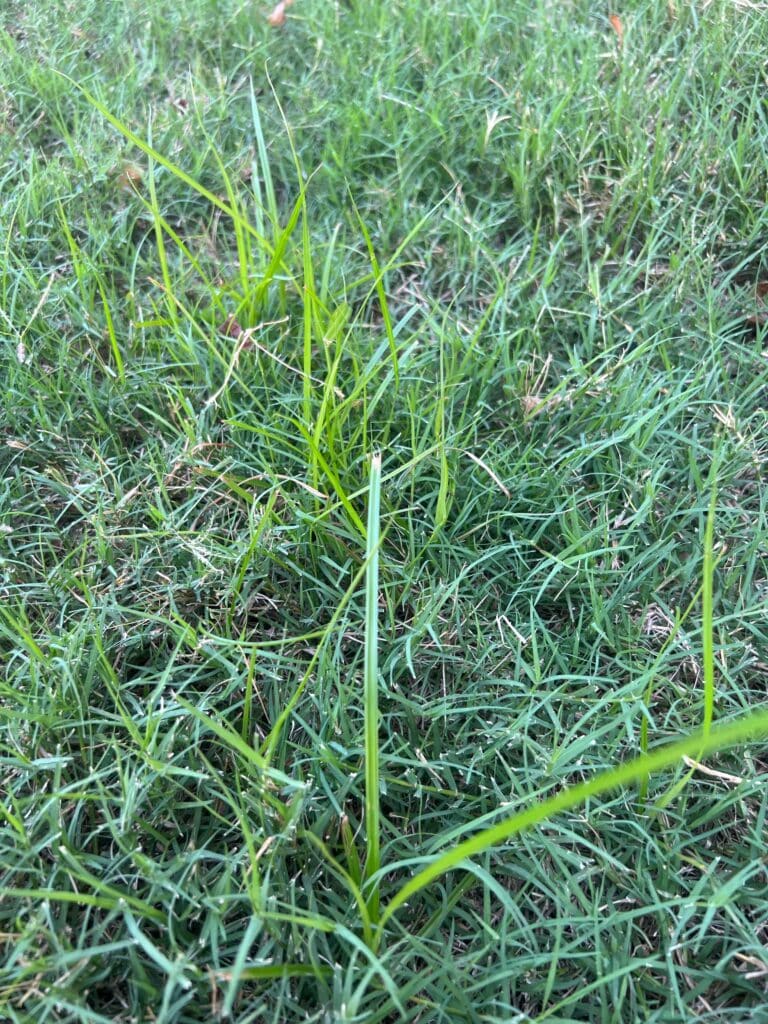
Can you pull nutsedge?
Yellow nutsedge is a stubborn weed that can be difficult to get rid of. Many people resort to pulling it out by hand, but this method is not very effective and can actually make the problem worse. When you pull yellow nutsedge, you may think that you have removed the entire plant, but in reality, you are likely leaving behind small pieces of the plant called tubers.
These tubers are underground and can be difficult to see, but they are essential to the plant’s survival. When you pull the plant out of the ground, the tubers are often left behind, and they can quickly produce new growth, taking the place of what was pulled. This means that you may end up with even more yellow nutsedge than you started with.
To make matters worse, yellow nutsedge is a prolific seed producer, so even if you manage to remove all of the tubers, there is a good chance that new plants will sprout up from seeds that have been left behind in the soil. This is why it is important to take a comprehensive approach to controlling yellow nutsedge, rather than relying on pulling it out by hand.
Some effective methods for controlling yellow nutsedge include using herbicides, improving soil drainage, and planting ground covers that can outcompete the weed. By taking a multi-pronged approach to controlling yellow nutsedge, you can effectively get rid of this pesky weed and keep it from coming back.
What does yellow nut sedge tell me about my lawn?
Yellow nutsedge is a type of weed that thrives in moist soil conditions. It is often found in areas where the soil is poorly drained, such as in low-lying areas or near bodies of water. This weed can also be an indicator of an overly watered lawn, as excessive watering can create the ideal environment for yellow nutsedge to grow.
To prevent yellow nutsedge from taking over your lawn or garden, it is important to address any underlying soil issues. This may involve improving drainage, reducing watering, or adding organic matter to the soil to improve its structure.
Does yellow nutsedge die in winter?
Yellow nutsedge will go dormant in winter. However it will come back from underground tubers. These tubers can remain dormant for years so it can seem like the weed invades arkansas lawns out of no where.
How does yellow nutsedge spread?
Yellow nut sedge spreads mainly by under ground tubers. These tubers, also called nutlets grow at the end of the rhizomes which is part of the plants root structure. One yellow nut sedge weed can produce hundreds of these tubers during one growing season.
When does nutsedge start growing?
Yellow nut sedge is a warm weather weed. You will usually see it popping up in arkansas lawns in early june. It grows considerably fast than both bermuda and zoysia. Therefore it stands out and becomes an eyesore in an otherwise thick healthy stand of turf.
How to get rid of nutsedge.
Yellow nut sedge is a difficult weed to eliminate from arkansas lawns. They have large root reserves which add to their resiliency. Chemical treatment by a professional lawn care company is often the most effective method of control against this troublesome weed. Advance Lawn Care treats weeds like yellow nut sedge and many other troublesome weeds in arkansas lawns.

